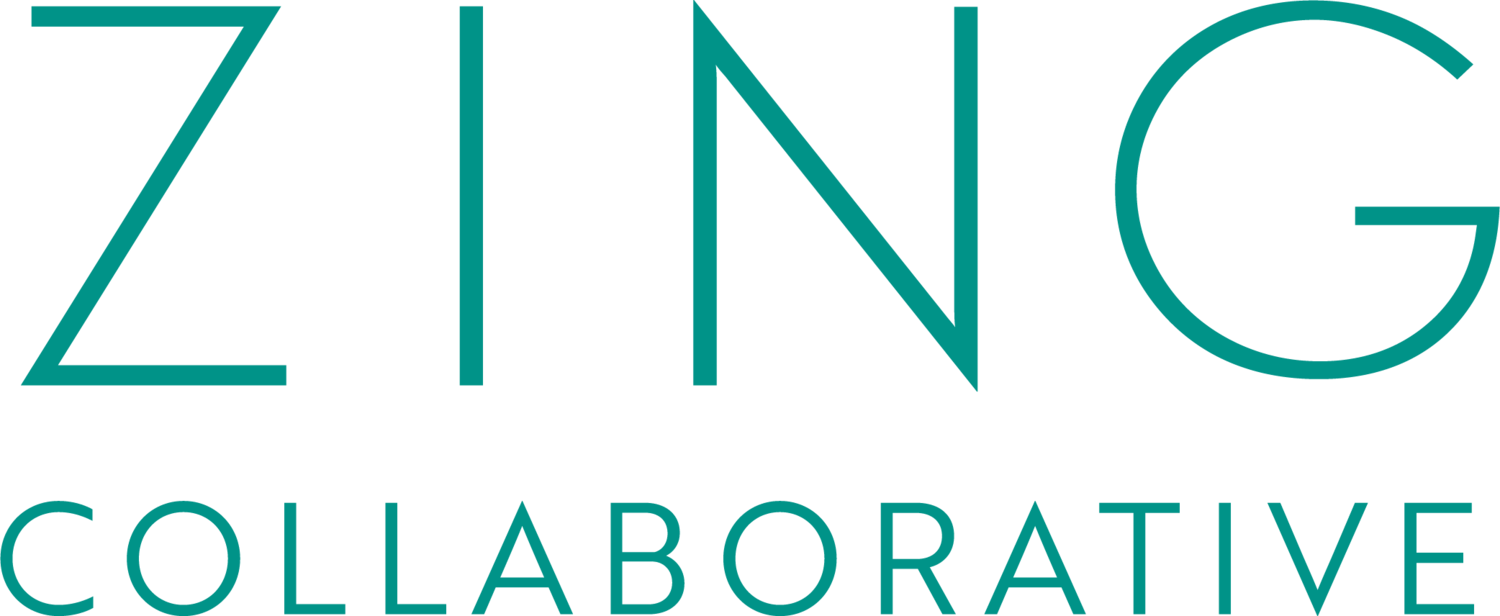“NO JERKS ALLOWED.”
How do we handle bad behavior within our organizations and teams?
I was recently approached by a membership organization about the possibility of joining.
I asked, “what makes you different from the other organizations in this space?”
The membership advisor rattled off a few things, including the following, in his words:
"No jerks allowed."
This criteria led me to think about how easy it is to say “no jerks allowed,” but how hard it can be to implement.
What if the person demonstrating this behavior. . .
Is the highest producing sales person on our team?
Is a physician who brings in the most money for the practice?
Is someone who has been with us for 40 years and is up for retirement in 3 more?
Is related to someone on our executive team?
Is someone who becomes volatile whenever we try to address the issue, so it's easier to just avoid it altogether?
These are the very real issues that organizations face when attempting to put the “no jerks allowed” rule into practice.
While not an easy thing to solve overnight, here are a few things we can do.
Get ahead of this, by translating our values into actions, and then incorporating these things into our hiring and onboarding practices.
Do our interview questions reflect our values?
Are we asking specific questions that get to the heart of what these values look like in action?
Do we talk about these things during our employee onboarding?
Have we set clear expectations up front about what kind of behavior is and is not acceptable?
Model the type of behavior we want to see—as they say, it starts at the top.
Do members of our executive team treat each other (and others throughout the organization) with kindness and respect?
Do we use respectful, appropriate language, even during “closed door” meetings?
Investigate root cause. Why is this person acting this way?
Are they feeling a lack of clarity in their role?
Are they fearing becoming irrelevant as the organization evolves and changes?
Are they being micromanaged, feeling as though they have no autonomy?
Do they feel like they've been left out of the loop during communications about company-wide changes?
Are they navigating a difficult personal situation, or are they in a period of loss or grief?
Offer clear, constructive feedback. Sometimes, people don't realize the impact of their behavior.
We can do this by being both specific, and kind.
We can also reiterate expectations and company values, and the way that this behavior is misaligned.
Set clear expectations for what needs to change, and how we will know.
Together, devise a path forward and a timeframe to check in.
Consider overall impact.
What is the impact of this person's behavior to the organization?
How is this behavior putting the company at risk?
And by tolerating this behavior, what are we saying that we stand for as a company, or as a leadership team?
In a particularly egregious instance of tolerating bad behavior (definitely not with one of my clients), an organization saw 12 departures (yes, 12) due to the bad behavior of a single team member. Tragically, the CEO refuses to make a change, which means that the organization continues to be a revolving door, losing talented people on a near-monthly basis, due to the toxic behavior of a single team member.
It doesn't have to be that way; we can create something different by considering the pathways above.
What do you think?
And, what else would you add to the list?
This post was originally shared via Friday Favorites, a free weekly collection of resources, reflections, and inquiries on leadership and life, delivered via email each Friday morning. You can join this wonderful community of leaders here, if you’d like.

